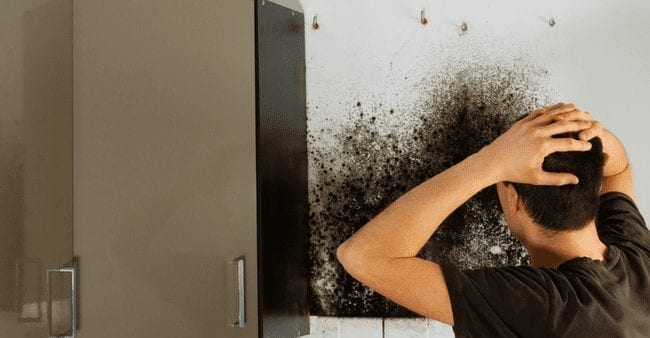Guide To Water Leak Detection At Home
Guide To Water Leak Detection At Home
Blog Article
What're your insights and beliefs about Locating water leaks?

Early discovery of dripping water lines can alleviate a prospective calamity. Besides conserving you money, it will reduce the stress and aggravation. The minute you locate a leakage, calling your plumber for repairs is the best solution. Some little water leakages may not be visible. Right here are some hacks that help if you can not find it with your nude eyes.
1. Check Out the Water Meter
Every residence has a water meter. Inspecting it is a surefire way that aids you uncover leaks. For beginners, shut off all the water resources. Make sure no person will certainly flush, utilize the tap, shower, run the cleaning maker or dish washer. From there, go to the meter and watch if it will certainly transform. Given that no one is utilizing it, there should be no activities. If it relocates, that indicates a fast-moving leak. Similarly, if you identify no changes, wait a hr or two as well as inspect back once again. This suggests you might have a sluggish leakage that can also be below ground.
2. Inspect Water Intake
Assess your water costs and track your water usage. As the one paying it, you must observe if there are any discrepancies. If you identify sudden changes, despite your intake being the same, it indicates that you have leaks in your plumbing system. Remember, your water costs need to drop under the same range each month. A sudden spike in your costs suggests a fast-moving leakage.
At the same time, a steady rise monthly, even with the very same behaviors, reveals you have a slow leak that's likewise gradually rising. Call a plumber to completely examine your home, especially if you feel a warm area on your flooring with piping underneath.
3. Do a Food Coloring Test
When it comes to water intake, 30% originates from commodes. Test to see if they are running appropriately. Decrease specks of food shade in the storage tank as well as wait 10 minutes. There's a leak in between the storage tank as well as dish if the color in some way infiltrates your dish during that time without flushing.
4. Asses Exterior Lines
Do not forget to check your outdoor water lines as well. Should water seep out of the connection, you have a loose rubber gasket. One tiny leakage can lose tons of water and increase your water bill.
5. Inspect and Assess the Circumstance
Property owners need to make it a habit to examine under the sink counters as well as also inside cupboards for any bad odor or mold development. These 2 red flags suggest a leak so prompt focus is called for. Doing routine evaluations, also bi-annually, can save you from a significant trouble.
Check for discolorations and also deteriorating as the majority of home appliances and pipelines have a life expectancy. If you think leaking water lines in your plumbing system, do not wait for it to intensify.
Early detection of dripping water lines can mitigate a potential calamity. Some little water leaks might not be visible. Inspecting it is a guaranteed method that aids you find leakages. One small leakage can lose loads of water and also surge your water costs.
If you suspect leaking water lines in your plumbing system, do not wait for it to rise.
WARNING SIGNS OF WATER LEAKAGE BEHIND THE WALL
PERSISTENT MUSTY ODORS
As water slowly drips from a leaky pipe inside the wall, flooring and sheetrock stay damp and develop an odor similar to wet cardboard. It generates a musty smell that can help you find hidden leaks.
MOLD IN UNUSUAL AREAS
Mold usually grows in wet areas like kitchens, baths and laundry rooms. If you spot the stuff on walls or baseboards in other rooms of the house, it’s a good indicator of undetected water leaks.
STAINS THAT GROW
When mold thrives around a leaky pipe, it sometimes takes hold on the inside surface of the affected wall. A growing stain on otherwise clean sheetrock is often your sign of a hidden plumbing problem.
PEELING OR BUBBLING WALLPAPER / PAINT
This clue is easy to miss in rooms that don’t get much use. When you see wallpaper separating along seams or paint bubbling or flaking off the wall, blame sheetrock that stays wet because of an undetected leak.
BUCKLED CEILINGS AND STAINED FLOORS
If ceilings or floors in bathrooms, kitchens or laundry areas develop structural problems, don’t rule out constant damp inside the walls. Wet sheetrock can affect adjacent framing, flooring and ceilings.
https://www.servicemasterbyzaba.com/blog/how-to-detect-water-leakage-in-walls/

I ran across that review about Top leak detection hacks when doing research the internet. Do you know someone else who is in the market for the niche? Do not hesitate to promote it. Bless you for your time. Visit again soon.
Report this page